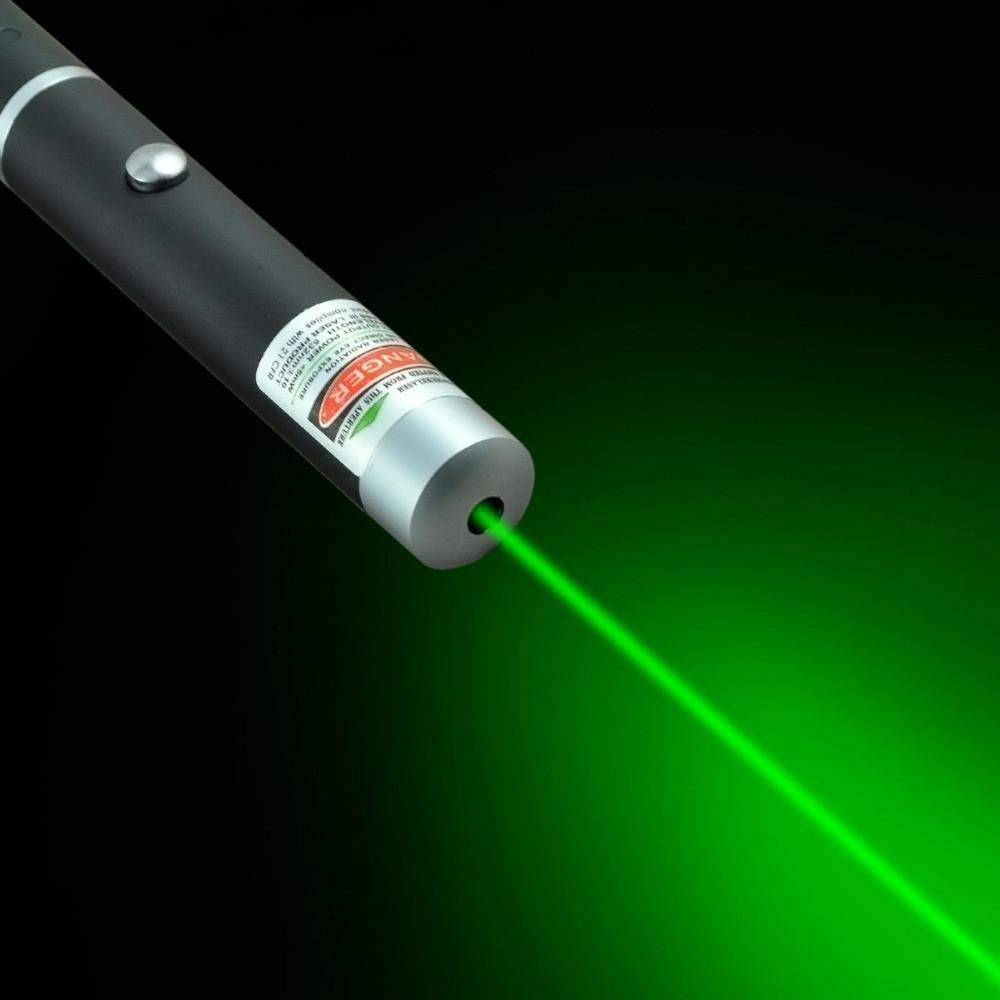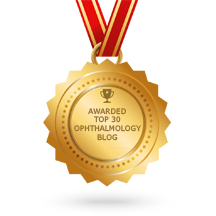
Lasers in Ophthalmology
Laser Facts
Brief History
- 1917 - Einstein: Laser possible.
- 1958 - H. Townes, A.L. Schawlow: Theoretical basis for lasers.
- 1960 - Maiman: Built first laser.
- 1963 - Zweng: First medical laser trial (retinal coagulation).
- 1965 - Z. Yarn: First clinical laser surgery.
Instrument Wavelengths
(Chronological order in nm)
- SWAP: 440, blue light
- Retinal Thickness Analyser RTA: green, 540-nm HeNe laser
- Hertmann Shack’s Aberrometer: 575 nm
- HRT- CSLO: 670 diode
- GDX-SLO: 780 diode
- IOL Master: 780 diode
- Lenstar: 820, SLD
- Macular OCT (Posterior Segment OCT): 830
- RNFL OCT: 810/850, SLD
- AS-OCT: 1310, SLD
- Swept Source OCT: 1050
Therapeutic Wavelengths
(nm)
- Excimer laser: 193, Argon Fluoride (ultraviolet)
- Excimer laser: 308, Xenon Cloride (ultraviolet)
- Excimer laser trabeculostomy ELT: 308, Xenon Cloride
- Argon blue-green: 488
- Df Nd YAG: 512 (green)
- ND YLF laser: 527 (in the treatment of diabetic macular edema)
- Argon green: 514
- Yellow dye laser: 577 for DME
- Krypton red or Dye red: 620-630
- He Ne Gas laser: 632, for Laser interferometry
- Rostaporphin PDT: 664 nm
- Diode: 689, PDT (its verteporphin’s peak absorption)
- Ruby laser: 694, red
- Infrared diode laser: 780, IOL Master
- Transpupilary thermotherapy, DLCP: 810
- subthreshold micropulse STMP diode 810nm: for DME
- Intralase: Nd: YLF, wavelength is 1053 nm
- Nd YAG: 1064
- Ho YAG: 2100, used for laser thermokeratoplasty
- Erbium YAG: 2940, for laser phacoemulsification
- CO2 laser: 10600
Laser settings for glaucoma
- ND YAG PI: 500u, 5-15mJ, 12ns pulse, 1-3 pulse/sec
- Argon PI: 50u, 1000mW, 0.1-0.2s,
- Laser pupilloplasty: 200u, 0.2s, 400mW
- Laser sphincterotomy: 50u, 0.01-0.05s, 1.5W
- ALT: 50u, 100ms, 1000mW
- SLT: 400u, 0.5-1.2mJ
- DLCP: 810 nm, 2 mm from limbus, 8 spots per quadrent, 2000 ms, 1200-2000 mW
Laser settings in Retina
- PRP: df NdYAG
- 200-500 micron spot size
- 200-500 ms
- 200-500 mW
- Macular Grid Laser: df NdYAG
- 50-100 micron spot size
- 50-100 ms
- 50-100 mW
Laser Parameters for PTK
- Fluence: 160 ± 10 mJ/cm2
- Repetition rate: 5 Hz
- Ablation rate: 0.20-0.35 mm per pulse
- Ablation diameter: 5.5–6 mm including a 0.5 mm transition zone
- Ablation depths:
- Epithelium 40 mm (default value) or as determined by pachymetry
- Stroma: Depth of scar or opacity (postoperative corneal thickness should be at least 250 mm)
Modes of Laser
There are three modes of laser: continuous, Q-switched and mode-locked.
- Laser from continuous mode has a constant power and is measured in watts.
- Q-switched and mode-locked increases the energy by compressing the energy in time and the energy is best measured in joules.
- Mode-locked laser compresses the laser more than Q-switched laser and therefore produces more energy.
Laser Mediums
- Solid state lasers have lasing material distributed in a solid matrix, e.g., the ruby or neodymium-YAG (yttrium aluminum garnet) lasers. The neodymium-YAG laser emits infrared light at 1.064 micrometers.
- Gas lasers (helium and helium-neon, HeNe, are the most common gas lasers) have a primary output of a visible red light. CO2 lasers emit energy in the far-infrared, 10.6 micrometers, and are used for cutting hard materials.
- Excimer lasers (the name is derived from the terms excited and dimers) use reactive gases such as chlorine and fluorine mixed with inert gases such as argon, krypton, or xenon. When electrically stimulated, a pseudomolecule or dimer is produced and when lased, produces light in the ultraviolet range.
- Dye lasers use complex organic dyes like rhodamine 6G in liquid solution or suspension as lasing media. They are tunable over a broad range of wavelengths.
- Semiconductor lasers, sometimes called diode lasers, are not solid-state lasers. These electronic devices are generally very small and use low power. They may be built into larger arrays, e.g., the writing source in some laser printers or compact disk players.
Laser Safety Classification
The International Safety Classification of Lasers divides the lasers into 4 groups. Group 3 is subdivided into 3a and 3b. Class 3b and above is damaging to the eye and their powers are 5MW and above. All lasers used in ophthalmology are classed as 3b and above. Safety goggles should always be worn by people in the vicinity.
Class I: Do not emit hazardous levels.
Class II: Visible light lasers that are safe for momentary viewing but should not be stared into continuously; an example is the aiming beam of ophthalmic lasers, or laser pointers.
Class III: Unsafe for even momentary viewing, requiring procedural controls and safety equipment.
Class IV: Also pose a significant fire and skin hazard; most therapeutic laser beams used in ocular surgery are in this class
- compiled & published by Dr Dhaval Patel MD AIIMS
